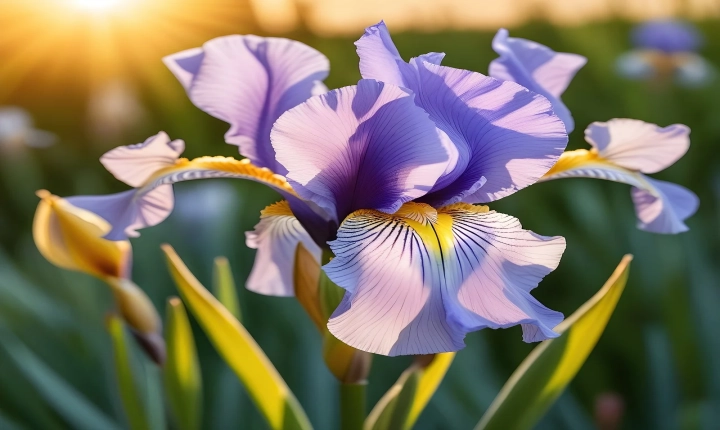Title: Creating AI-Generated Images: A Step-by-Step Guide
Artificial Intelligence (AI) has become an integral part of various industries, including art and design. One exciting application of AI is the generation of images, which can range from realistic landscapes to abstract artworks. In this article, we will explore the process of creating AI-generated images and discuss the steps involved in the development of a simple picture generator.
Step 1: Define the Objective
Before starting the development process, it is important to define the objective of the picture generator. For instance, you may want to create landscape images, portraits, or abstract patterns. This initial step sets the direction for the subsequent stages of the project.
Step 2: Data Collection
The next step involves collecting a substantial amount of training data. This data may consist of images related to the chosen objective, sourced from publicly available datasets or created specifically for the project. The quality and diversity of the training data greatly influence the performance of the AI picture generator.
Step 3: Preprocessing
Once the training data is collected, it needs to be preprocessed before it can be used to train the AI model. Preprocessing may involve tasks such as resizing, normalization, and augmentation to ensure that the data is consistent and suitable for training.
Step 4: Model Selection and Training
In this step, a suitable AI model is selected for the picture generation task. This may involve using a pre-trained model or developing a custom model based on deep learning algorithms such as convolutional neural networks (CNNs) or generative adversarial networks (GANs). The selected model is then trained on the preprocessed data to learn the patterns and features of the input images.
Step 5: Fine-Tuning and Optimization
After the initial training, the model may need to be fine-tuned and optimized to improve its performance. This may involve adjusting various hyperparameters, experimenting with different architectures, and incorporating techniques such as transfer learning to enhance the picture generation capabilities of the AI model.
Step 6: Evaluation and Validation
Once the model is trained and optimized, it is important to evaluate its performance using validation datasets. This step ensures that the AI picture generator produces high-quality and realistic images that align with the defined objective.
Step 7: Deployment and Iteration
Finally, the trained AI model is deployed to generate new images based on user input or random sampling. The generated images can be further iterated upon based on user feedback and additional training to refine the picture generator and enhance its capabilities.
In conclusion, the development of an AI picture generator involves several key steps, including defining the objective, data collection, preprocessing, model selection and training, fine-tuning, evaluation, and deployment. By following these steps and leveraging the power of AI, it is possible to create sophisticated picture generators capable of producing a wide range of compelling and diverse images. As AI continues to advance, the potential for innovation in the field of image generation remains vast, paving the way for exciting new possibilities in art and design.
